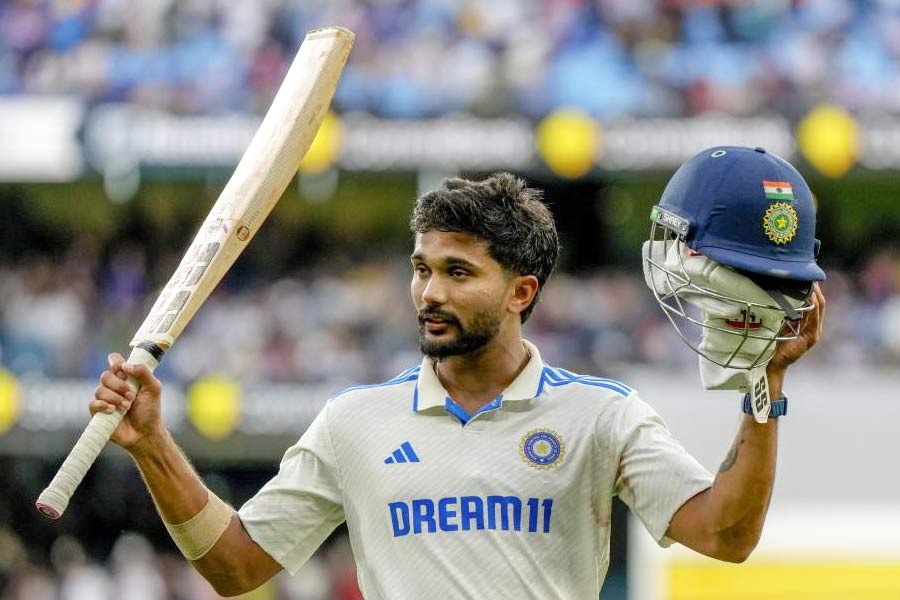What is ‘classical’ in Indian theatre? There had been a time when the word, ‘classical’, related only to language, rather than antiquity, and theatre practised in Sanskrit enjoyed the ‘classical’ tag almost exclusively. Times have changed. Indigenous performance forms, such as ankiya bhaona, bhavai, jatra, koodiyattam, malwi mach, nautanki, tamasha, yakshagana, have since been recognised as major traditions; some of them even enjoy international attention under the Intangible Cultural Heritage umbrella. The think-tank of Jadavpur Manthan must have considered the issue seriously when it was allotted Central funds to organise the latest edition of its annual festival, Bibhanga, as the National Classical Theatre Festival. This thought was reflected in its eclectic choices. Held in the sylvan surroundings of Tepantar theatre village in West Burdwan, the festival explored the various derivatives of the word, ‘classical’, as it has come to us.
Sanskrit theatre has few takers these days. But the Sanskrit epics continue to inspire the playwright-directors of our time. The last decade has been extremely productive in this regard and the ministry of culture has propelled it in various directions. Increasing awareness about the Natya Sastra as the touchstone of classicism has led to a wide range of innovation associated with this Sanskrit treatise on the performing arts.
Ebong Amra’s Pratham Ranga referred to the churning of oceans and its many mythological associations (this was the first mention of staged drama in the Natya Sastra). Scripted and designed by Kallol Bhattacharya, Pratham Ranga is an elementary introduction to the fascinating world that considers theatre as the ‘Panchama Veda’ or the fifth Vedic text. The Ebong Amra actors, equipped in the minimalist use of props and costumes and skilled in energetic exploration of the performance space, played it straight. Bhattacharya should don the sutradhar’s garb with more earnestness to make the classical connections smoother.
Guwahati-based Purbaranga, known for its skilful adaptation of the tenets of the Sattriya dance form and ankiya bhaona — both rooted in the Vaishnava tradition, temples and monasteries — presented Ratnakara. Directed by Gunakar Goswami, it was a delightful presentation based on the transformation myth of Valmiki. This reviewer had previously seen Goswami playing it solo. In its full-bodied form, Goswami elicited a solid supportive act from the Purbaranga members. Although the play is in Assamese, the expressive angika abhinaya conveyed the drama to this reviewer. Goswami’s felicity as a dancer was restrained by the narrative but his directorial achievement in linking elements of indigenous forms like ojapali and ankiya bhaona with the demands of modern theatre won admirers.
The four-day festival also featured Ila by the host group and Nihsanga Ishwar by Rangapat — both based on mythological themes. Thealight’s Chua Chandan, based on a medieval legend surrounding the Chaitanya cult, extended the classical connotation. This reviewer was taken aback by Santoshpur Anuchintan’s Krishna Katha (picture). Conceptualised and directed by Gaurav Das, this extravagant production rooted in the Krishna Purana appeared to be a work in progress. Performed by actors with reasonable training in dance, Krishna Katha dealt with the madhura rasa with panache. Boosted by live singing and musical accompaniment of high order, Anuchintan’s handling of the visual aesthetics — the immaculately designed props, for instance — left a strong impression.











